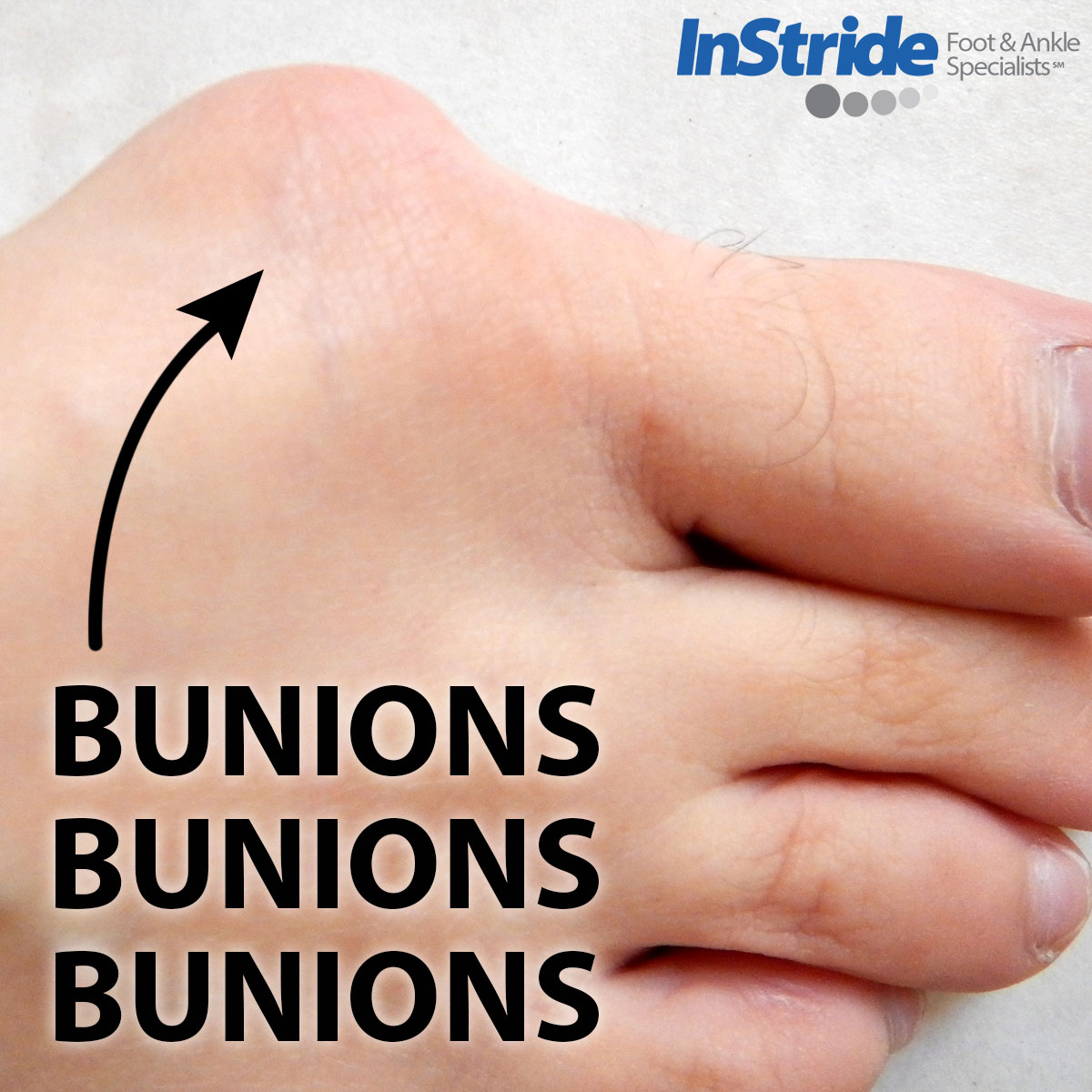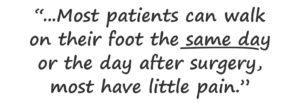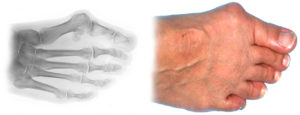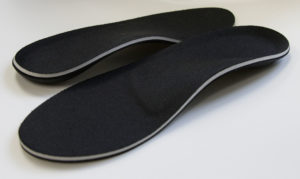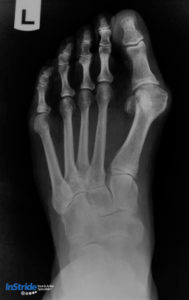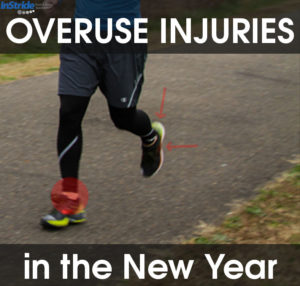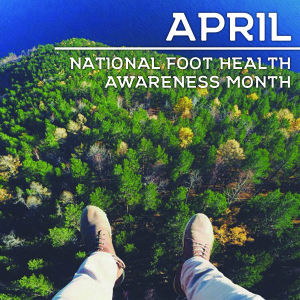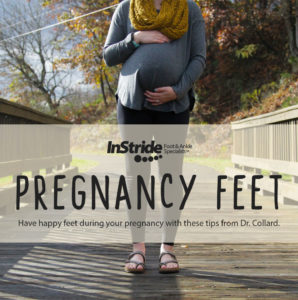Bunions Bunions Bunions
David Collard DPM MHA
Bunions
are a common problem that cause pain for many people and are a common reason for people to seek foot care from a professional. If you have a bunion, you aren’t the only one around, nor are you the first. Bunions aren’t just a modern problem; they have been around humankind for thousands of years, as evidenced in some ancient Egyptian mummies. They are found in all different races, including societies who don’t wear shoes and those who do, though bunions are more common in those who societies that wear bad shoes (ahem, Americans).
There are many articles on the internet about bunions, including topics such as surgery and recovery as well as non-surgical options like orthotics, splints, pads, etc. Hopefully this article gives you a foundation about what a bunion is, why it may be causing pain, and some treatment options.
Simply put, bunions are what happens when the big toe starts going toward the other toes and the big toe joint creates a bump on the inside. The fancy scientific Latin term is Hallux Valgus or, even fancier, Hallux abducto valgus. In early writings on this problem in the 19th and early 20th centuries, the cause of bunions was thought to be a reversion back to the ape foot by the collapse of the arch. More recently studies show that there are usually multiple factors that lead to getting a bunion.
The most potent factor is GENETICS. Yep, you can thank your mom or dad. If one of your parents has a bunion, you likely have a good chance of getting one, too. But don’t worry–it’s not all doom and gloom. Just keep reading.
Another factor that impacts your chances of getting a bunion is the FLEXIBILITY of your foot. Now, we could get really complicated and start throwing out fancy phrases like “hypermobility of the first ray,” but I will spare you. Just realize that if you have very flexible joints in general, the big toe joint is less likely to stay straight like it should.
Next, FLAT FEET, AKA collapsed arches. This can go along with flexibility, but not always. I’ll again spare you from the detailed biomechanics talk that will put you to sleep, but when you don’t have much of an arch, the forces going through your foot with each step can push the big toe outward and the joint inward.
Finally, SHOES. This is one factor that really hasn’t played out as much as we want it to in research. Yes, cramming your feet into narrow shoes for years can pull that big toe over and you will probably get a little bunion. They don’t seem to be the major player, but bad shoes can definitely aggravate the other issues we just talked about.
What to do about your bunion?
First of all, ask yourself, “Do I have pain?” That is the most important question. If the answer is no and you just think it “looks ugly,” I would strongly urge you to NOT have any surgery.
If the answer is yes, then we can talk about conservative treatments (and surgical treatment if your answer is YEESSSSS!).
Conservative treatment can come in many forms. There are countless types of bunion splints, pads, and sleeves to use. The bottomline with all of them is that none of them will correct the bunion long term. Nothing other than surgery can correct the shape. But your goal with all of those things should be pain relief, and that often can be obtainable.
Do you just hurt on the bump? Try wider shoes. Usually when patients tell me this, I look at their shoes and see they are squeezing their feet into shoes that are WAY too small. I’m continually amazed at how small of shoes people try to put their feet into.
Does it hurt when it bends? Try wearing a shoe that has a very stiff sole, one that has very little “give” at the ball of the foot.
When its it painful enough for surgery? When it starts interrupting your daily life. At that point, it has become serious enough to do something about. Don’t worry though – bunion surgery has come a long way in the past 20 years. Surgery involves cutting bones and moving them around, which can sound daunting, but there are many different surgeries for this problem and many are based on the uniqueness of your particular bunion. Not all bunions are created equal!
I’m guessing what you are really asking is, “how long do I have to stay off it and how much is it going to hurt?”
With the bunion surgeries that we do, it is “Same Day Surgery,” meaning you go home the same day, and most patients can walk on their foot the same day or the day after surgery, most have little pain. Of course, not all bunions are the same, so your physician will perform an exam, take xrays of your feet and discuss your condition in order to answer all of your questions and design the best treatment for you.
If you or someone you know has a painful bunion, we are here to help. Please contact us and schedule an appointment. If you are located in the Winston Salem or Clemmons area, feel free to contact us at our offices there.

